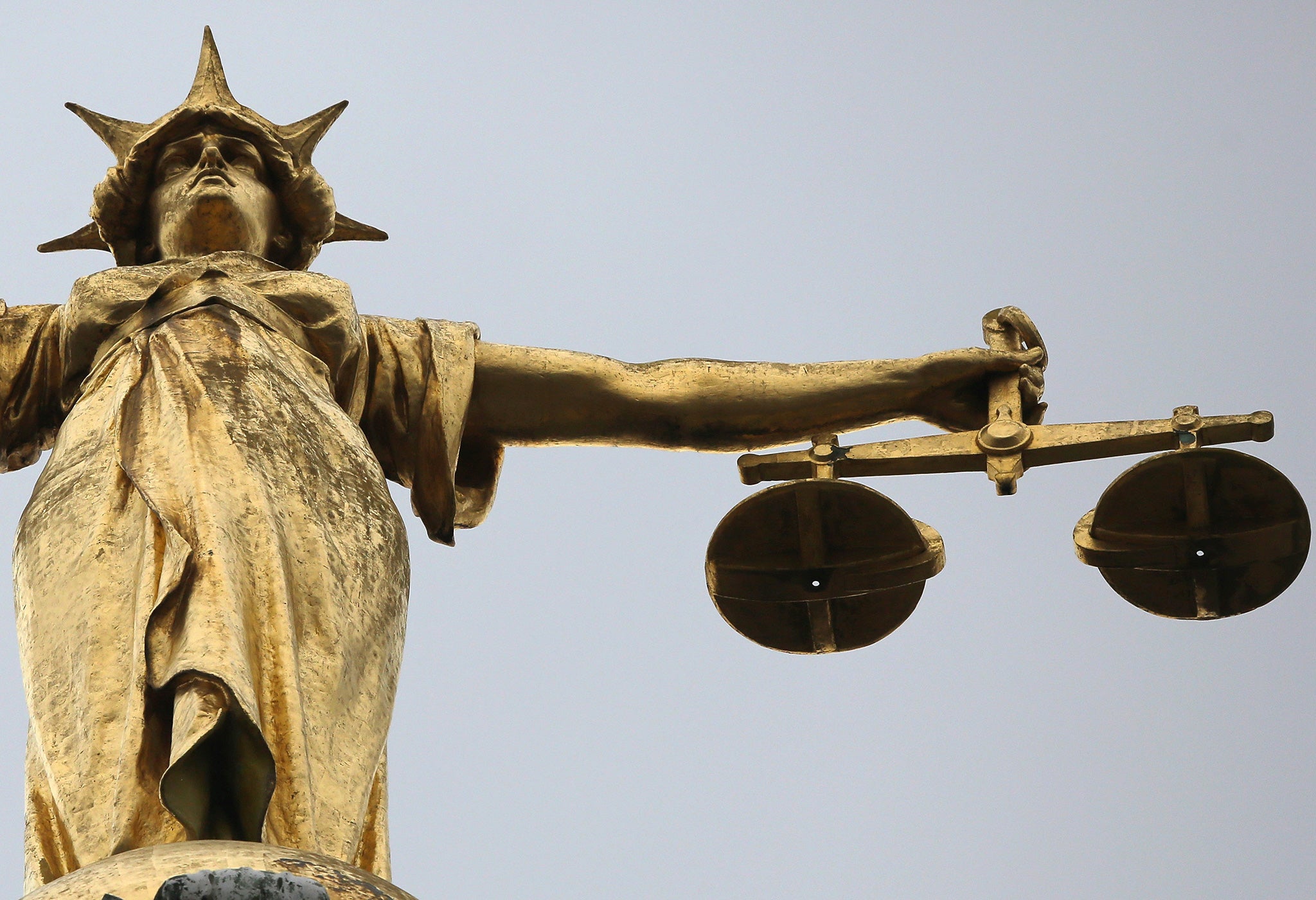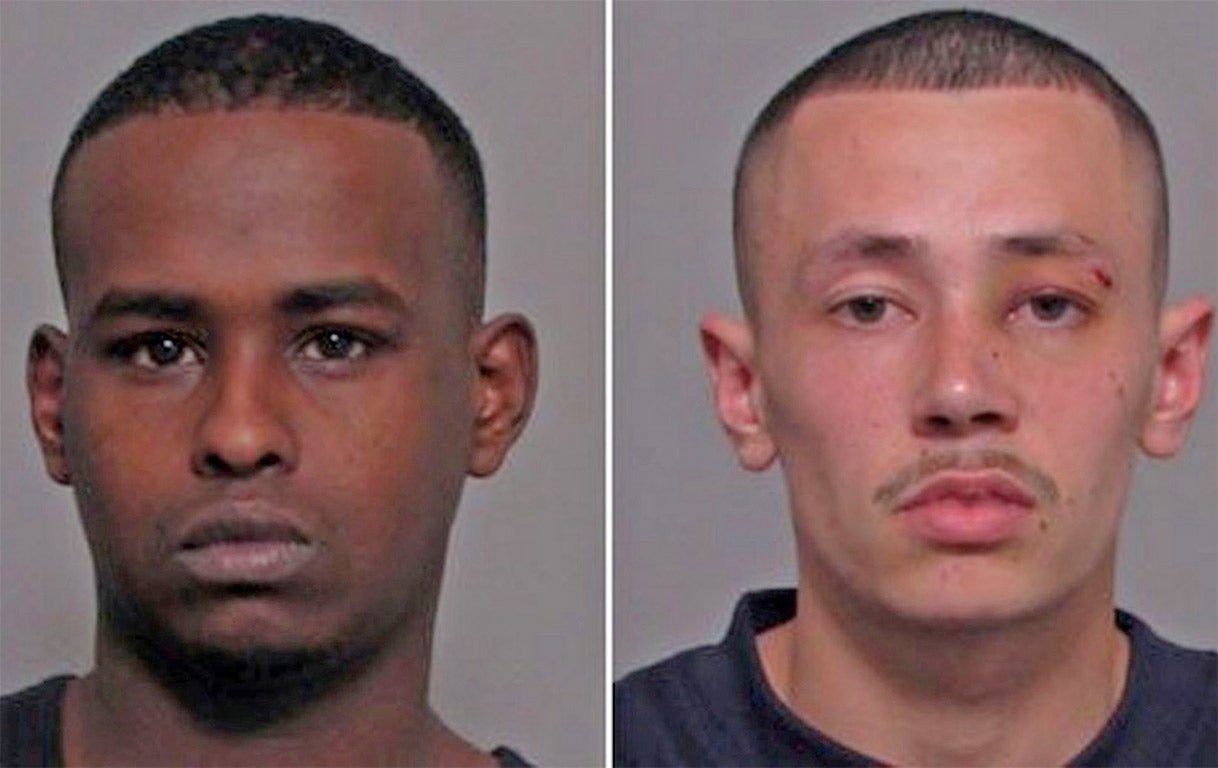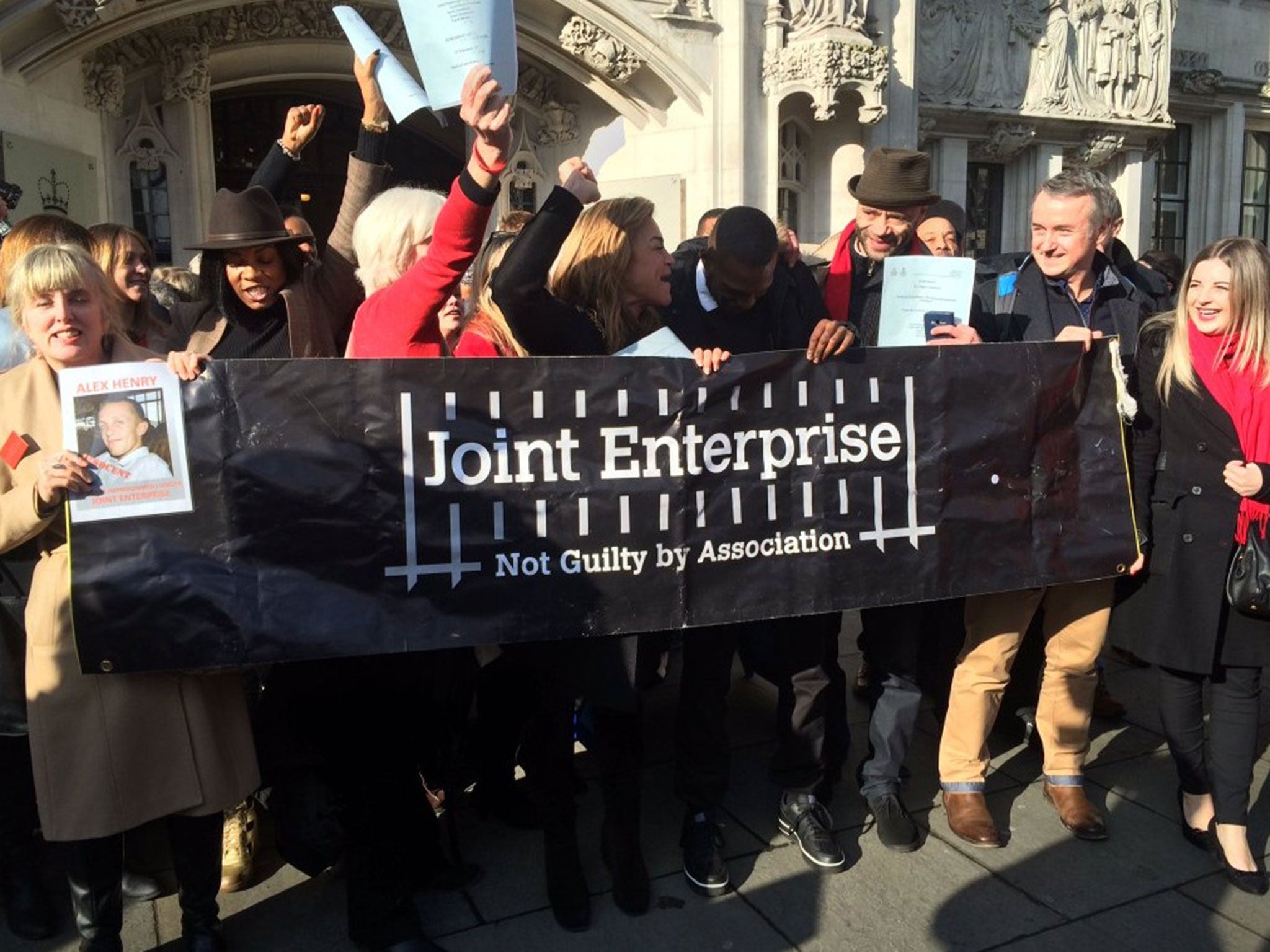Supreme Court rules controversial joint enterprise law has been 'wrongly interpreted'
The Supreme Court judgement could lead to a number of appeals by those convicted under the doctrine of joint enterprise

Your support helps us to tell the story
From reproductive rights to climate change to Big Tech, The Independent is on the ground when the story is developing. Whether it's investigating the financials of Elon Musk's pro-Trump PAC or producing our latest documentary, 'The A Word', which shines a light on the American women fighting for reproductive rights, we know how important it is to parse out the facts from the messaging.
At such a critical moment in US history, we need reporters on the ground. Your donation allows us to keep sending journalists to speak to both sides of the story.
The Independent is trusted by Americans across the entire political spectrum. And unlike many other quality news outlets, we choose not to lock Americans out of our reporting and analysis with paywalls. We believe quality journalism should be available to everyone, paid for by those who can afford it.
Your support makes all the difference.The controversial law on joint enterprise – which can result in people being convicted of a murder they did not intend or commit – has been wrongly interpreted for the past 30 years, the Supreme Court has ruled.
Judges sitting in the UK's highest court said today that a different approach must be taken when dealing with defendants in such cases in the future.
Under the doctrine of joint enterprise, a person who assists or encourages the committing of a crime, that both have set out to commit, can be held as legally responsible as the person who actually carries it out.
Where two people set out to commit one crime, but one of the group actually commits another, an individual can be convicted of the crime that actually occurs if they foresaw that the person they were with would “possibly” commit that crime or inflict serious harm.
The doctrine has been used, somewhat controversially in recent years, to convict several members of a group or gang of murder, when only one of them actually intended and carried out the killing.
But the Supreme Court said today that, in these circumstances, it was not right that someone could be convicted of murder if they merely foresaw that the person they were with might commit a crime.
They had to intend to help carry out, or encourage, the crime that actually resulted.

In a summary of its ruling, the Supreme Court said: “The mental element for secondary liability is intention to assist or encourage the crime.”
The judgment could lead to a number of people convicted under the doctrine of joint enterprise launching appeals.
Gloria Morrison, campaign coordinator for JENGbA (Joint Enterprise: Not Guilty by Association) - which helps those convicted under joint enterprise - said the judgement was a “massive vindication of its work”.
She told The Independent: “Hundreds of people are in the prison system who shouldn’t be there because of this doctrine.
“It’s not a law, it’s a doctrine that’s applicable to the law and which is being applied to lots of different scenarios, not just murder.”
Miss Morrison said that the police and media had justified use of joint enterprise in recent years by presenting a “narrative” that it has been used to tackle gang culture.
But the campaigner said this was not true, and that many cases of joint enterprise have not involved gangs at all.
“The police have tried to suggest that this is tackling gangs and gang crime,” she said.
“If it was a deterrent [in this area] then [gang violence] would have stopped but it hasn’t.
“That’s the narrative. The focus on gangs isn’t right.
“Anyone would want someone to be charged with what they have actually done – not by association.”
Today's judgement was handed down by the Supreme Court following an appeal by Ameen Jogee, who was convicted of murder under joint enterprise law in 2012 after his friend, Mohammed Hirsi, stabbed an ex-police officer in 2011.
Hirsi, who was also convicted of murder and sentenced to life imprisonment, stabbed Paul Fyfe inside his girlfriend’s house using a knife from the kitchen, while Jogee ‘egged’ on his friend to harm Mr Fyfe from the doorstep.
Jogee appealed the decision, arguing that him foreseeing the mere possibility that Hirsi would inflict at least some bodily harm to Mr Fyfe should not have been enough to convict him of murder.

The court said it will now explore whether Jogee should have a murder re-trial or be convicted of manslaughter instead.
Ahead of the ruling, Mr Fyfe's widow said that, if Jogee's appeal was upheld, it could mean killers would “literally be getting away with murder”.
Tracey Fyfe said she regarded Jogee as culpable for her husband's death because he knew what Hirsi was doing and was egging him on.
What is the doctrine of joint enterprise?
The common law doctrine of joint enterprise – also known as ‘guilt by association’ – has been developed over time by judges in various cases.
Under this principle, a person who assists or encourages the committing of a crime, a ‘secondary offender’, can be held as legally responsible as the person who actually carries it out – known as the ‘principal’.
While the Accessories and Abettors Act of 1861 states that “whosoever shall aid, abet or procure” a crime “shall be liable to be tried, indicted and punished as a principal offender”, there is no modern legislation enacted by Parliament on the issue.
In recent years, joint enterprise has attracted controversy for its use in convicting members of a group or gang of murder, even though they had not been the ones to actually kill and did not intend for it to happen.
For a secondary offender to be convicted of murder in this situation, the prosecution only needs to show that they foresaw that the person they were with would “possibly” kill or inflict serious harm.
Campaigners have argued the doctrine results too readily in murder convictions for those playing a minor role in criminality
In 2014, the House of Commons’ Justice Committee recommended an urgent review of the threshold of foresight required for secondary offenders to be convicted of murder.
What does the Supreme Court’s ruling mean for those already convicted under joint enterprise?
The decision may lead to a number of defendants convicted under the law to appeal, contesting that the 'foresight' test used to determine their mental input into the crime that actually occurred was wrong.
The only appeals that could be made following today's ruling would be those in which the 'foresight' test was used as the decisive test to secure a murder conviction.
Defendants in such cases would need to convince the Court of Appeal that a “substantial injustice” occurred because of this.
It is likely that most successful appeals would result in defendants' murder convictions being replaced with those for manslaughter, which can also carry a life sentence.